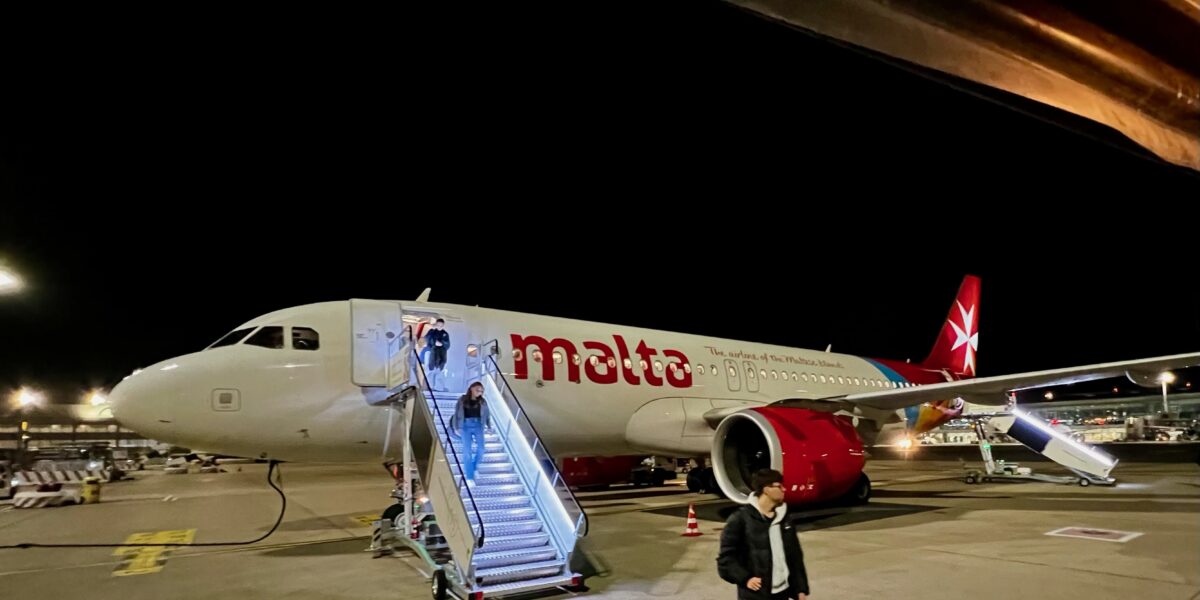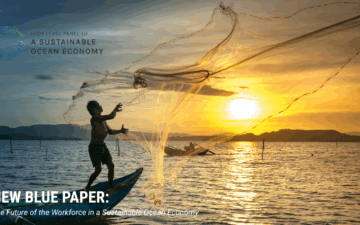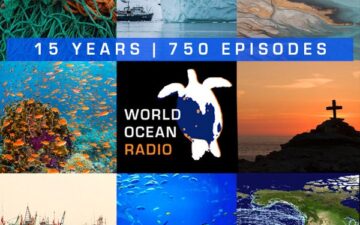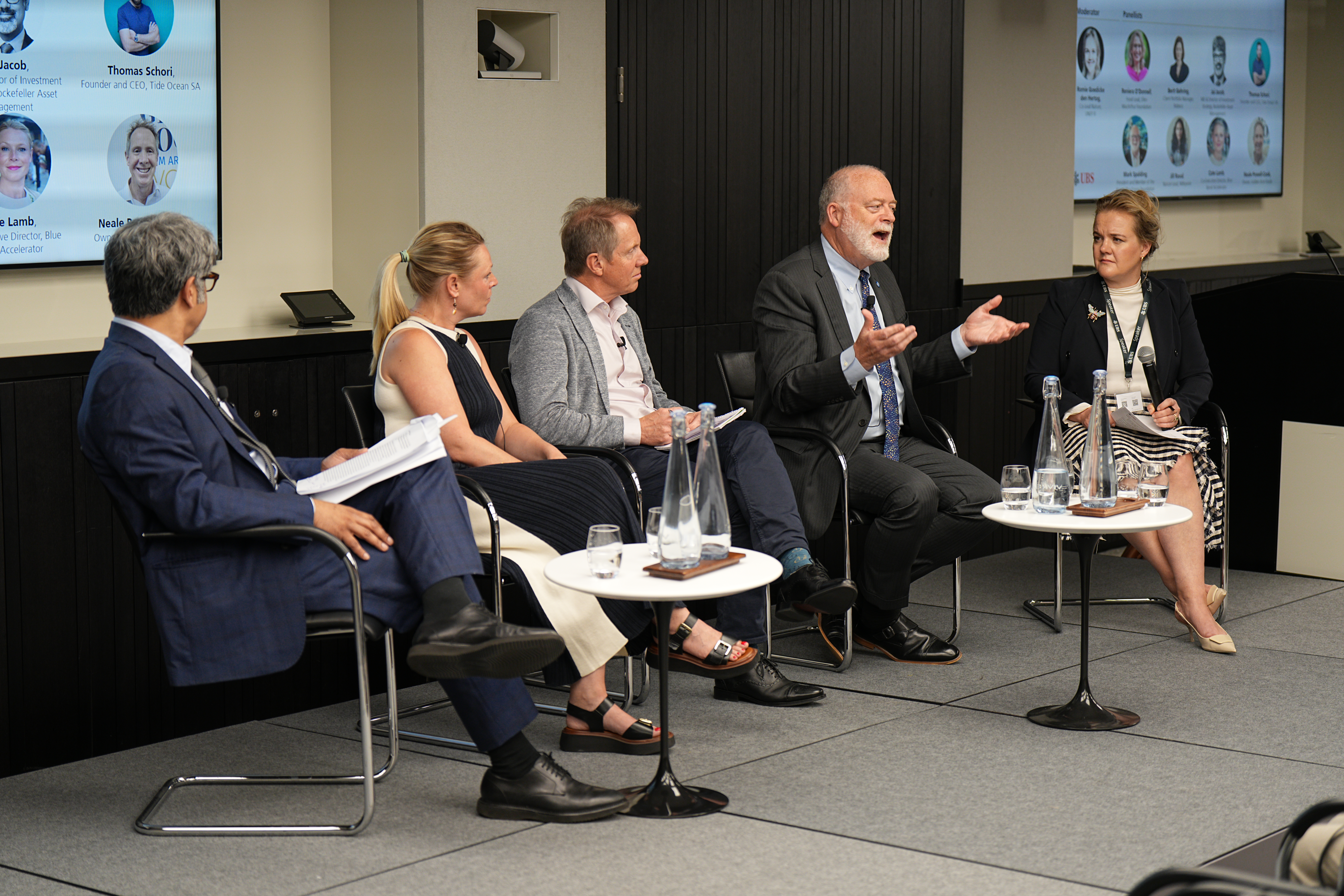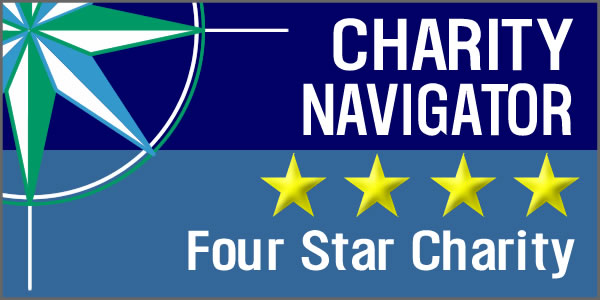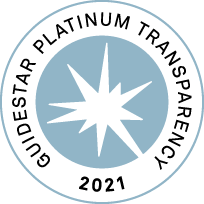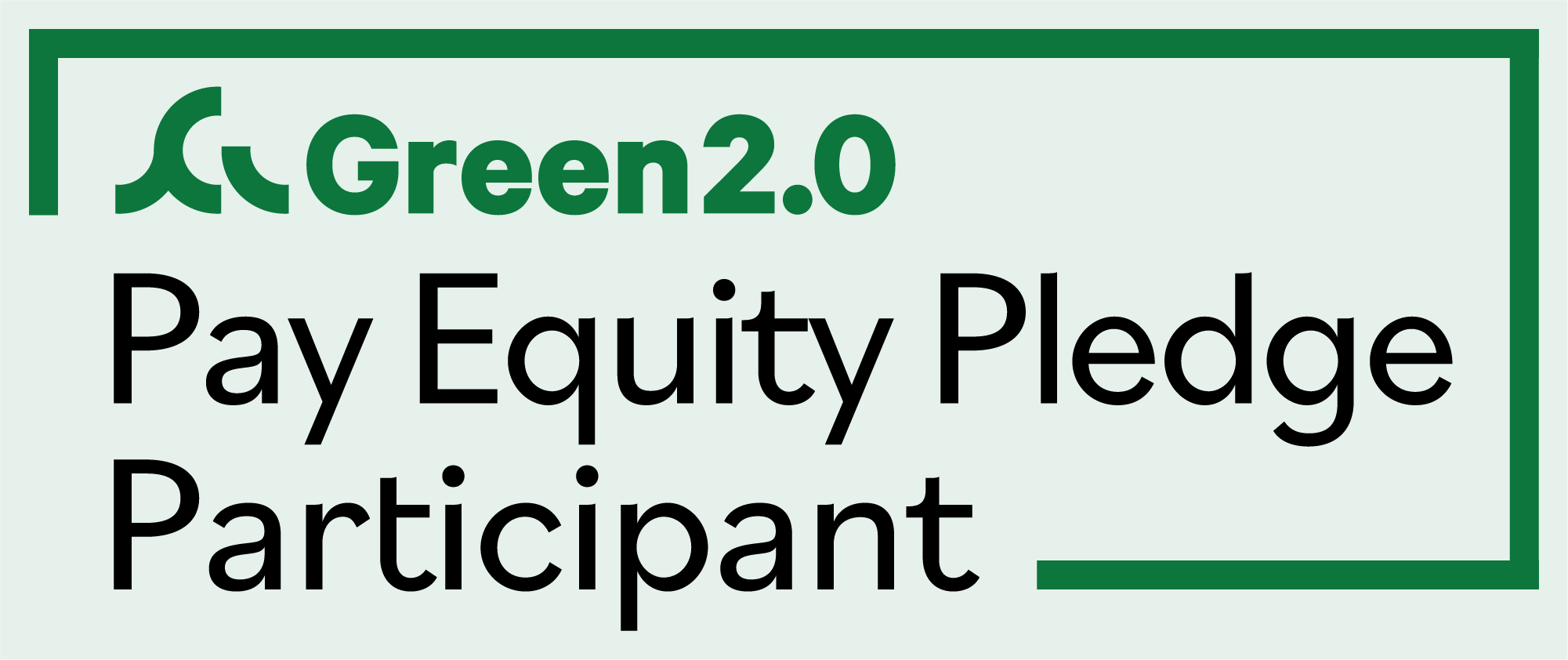Maritime meetings in Malta have a unique historical context—the island’s recorded maritime history stretches back more than 7 thousand years. Some say that the design of traditional Maltese fishing boats, or luzzus, dates back almost three millennia to the Phoenicians and has been adapted over time to be uniquely suited to Malta’s rocky coast. In Malta, I always feel a heightened awareness of the interconnection between human activities and the sea.
I spent the first week of March at a pair of TOF workshops, where a global group of experts discussed how to ensure that the more than 8,500 wrecks from World War II do not become sources of devastating pollution as they age and deteriorate. These wrecks are PPWs, or potentially polluting wrecks, and they represent an environmental crisis that grows more urgent with each passing year.
These sites are priceless as gravesites and as part of our global underwater cultural heritage. Most of the wrecks lie in the Mediterranean and the Pacific Islands, and many of the rest are found in waters from the North Sea to the Caribbean to the Pacific coast of North America. At the same time, decades underwater have accelerated metal fatigue and structural decay, which means that we face a rapidly closing window to assess these wrecks, develop comprehensive plans to pump out or encase the hazardous liquids that remain, and dispose of them safely before catastrophic leaks occur.
The first part of TOF’s Ocean Heritage project was to produce a three-book series on threats to our ocean heritage (bottom trawling, deep seabed mining, and potentially polluting wrecks), now available from Springer publications. We also secured endorsement for the work as a UN UNESCO IOC-recognized activity under the UN Decade of Ocean Science for Sustainable Development. Our efforts have also included four workshops. The first workshop in London in April 2024 focused on the “Governance & Regulatory Framework for PPWs.” “Technology and Methodologies for PPW Assessment & Intervention” were discussed at the second workshop in Helsinki in September 2024. In Malta, the third workshop focused on collecting, managing, and archiving PPWs data. And we ended the week with a brief fourth workshop to discuss the next steps in addressing the threats posed by PPWs to ocean heritage.
It was not all panels and conference rooms. The Malta Maritime Museum hosted us for a fantastic dinner inspired by the art and writings of the 16th and 17th centuries. We were given hard tack, a piece of dense, twice-cooked bread larger than a bagel, representing our daily ration if we were seamen. The rest of the menu featured vegetables and other foods depicted in paintings of the era.
By the end of the final workshop on Friday, the participants had completed Phase One. We began planning a more extensive five-year work program to key off a proposed two-page, high-level manifesto for broad circulation and endorsement alongside a more detailed report summarizing the project’s first phase.
This manifesto will call for urgent global action to address thousands of potentially polluting wrecks (PPWs) that threaten marine ecosystems and coastal communities worldwide. It will describe a vision for transforming these environmental hazards into managed sites by 2039, the 100th anniversary of the onset of World War II. The goal is to achieve full mitigation through five priority pathways: developing international standards, empowering regional action centers, creating sustainable financing mechanisms, accelerating technological innovation, and advocating for legal reforms. The manifesto is expected to emphasize shared responsibility, preventative action, evidence-based decisions, equitable burden-sharing, and sustainable governance, warning that inaction could lead to devastating oil spills, toxic contamination, and disproportionate impacts on vulnerable communities and marine ecosystems.
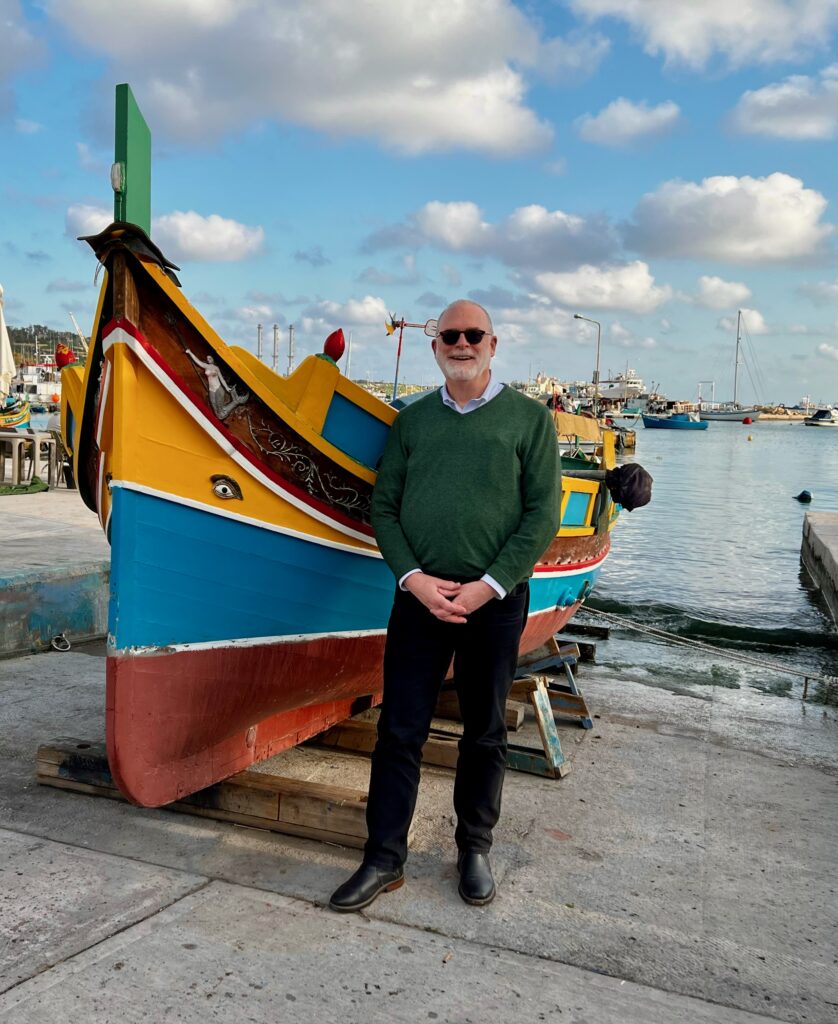
The Time to Act is Now
Every delay in addressing these underwater threats brings us closer to potential environmental disasters. Many of these wrecks still contain significant fuel oil, ammunition, and other hazardous materials. A single major WWII shipwreck could release more oil than some of history’s worst spills, devastating marine ecosystems, destroying coastal economies, and impacting communities for generations.
